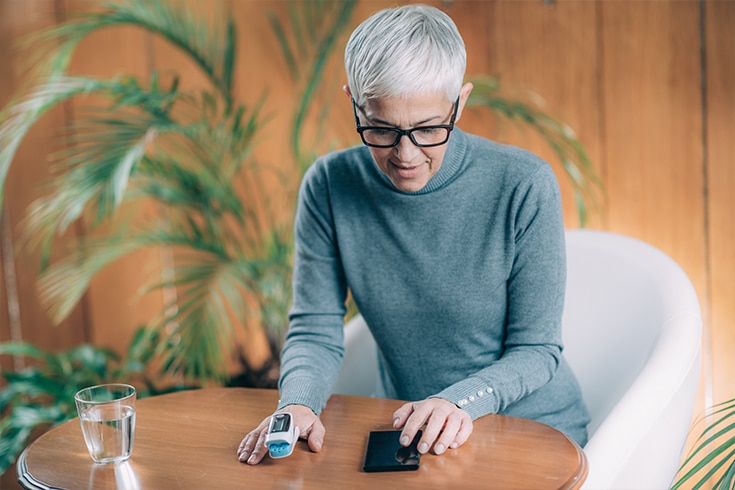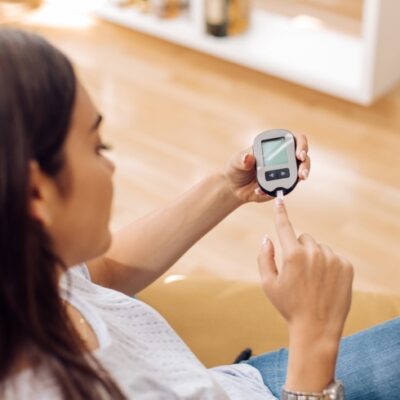Remote patient monitoring (RPM) can help your patients with pneumonia by providing constant and consistent data and communication with clinicians. RPM devices are accessible and easy to use alternatives to in person visits and allow for greater data collection and more accurate diagnoses. RPM devices are not only able to monitor pneumonia, but can help clinicians identify the early signs of pneumonia and work to prevent it. Pneumonia can be caused by a variety of bacteria and viruses that lead to symptoms such as fever, cough, chills, and difficulty breathing which can range in severity. RPM enables direct patient to clinician communication in order to assess these symptoms and their severity as well as to develop a personalized and monitored treatment plan all from the comfort of the patients home.
What is remote pneumonia monitoring?
Pneumonia patients require early detection and careful monitoring to prevent the illness from escalating. Remote pneumonia monitoring enables patients suffering from, or vulnerable to, pneumonia to track their symptoms with at-home devices and ensures that all necessary medical information is delivered to clinicians and providers. RPM thermometers and pulse oximeters enable clinicians to assess symptoms such as fever and shortness of breath safely and accurately without putting patients at risk of further exposure.
How can remote patient monitoring help with pneumonia?
RPM can assist with pneumonia by tracking the severity of symptoms as well as monitoring pneumonia recovery following an in person visit. Studies have shown that pneumonia can be successfully managed through telehealth, whether it be prevention, early detection, or recovery. Early detection is made possible through the remote monitoring of subtle changes in patients’ health. These subtle changes, such as an elevated pulse, can alert clinicians of an issue or medical concern weeks ahead of time. Pulse oximetry is especially helpful when dealing with bacterial pulmonary illness such as pneumonia as pulse oximeters are able to track oxygen levels and heart rates in remote patients on a daily basis.
What happens if a patient displays signs of pneumonia?
RPM enables providers to go beyond in-person visits to assess and monitor an abundance of patient data to create personalized care plans. Clinicians can intervene and prevent the worsening of symptoms or illness by following this data closely and carefully. Identifying patterns in patient data can also lead to prevention and can key clinicians into possible signs of pneumonia. If a patient’s remote monitoring device reports vitals outside a designated range, a notification will be sent to the patient’s provider. To providers, this process is called Population Health Management (PHM) and is embedded in the most comprehensive of RPM programs.
When patients report readings outside of their designated range staff are notified. Medicare requires that clinicians receive such notifications and remain informed by their remote patient monitoring system so that they can continue to be reimbursed by the program. RPM companies make population health management and Medicare reimbursement easy, keeping patients safe and clinicians reimbursed through the program. RPM gives patients the ability to measure their pulse from the comfort of their home while ensuring that they are cared for with the most personalized management and treatment plans their clinicians can provide.



